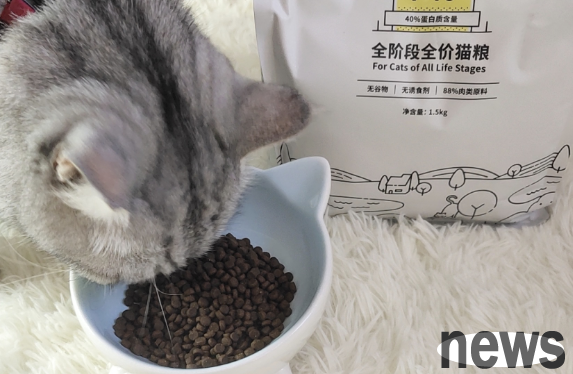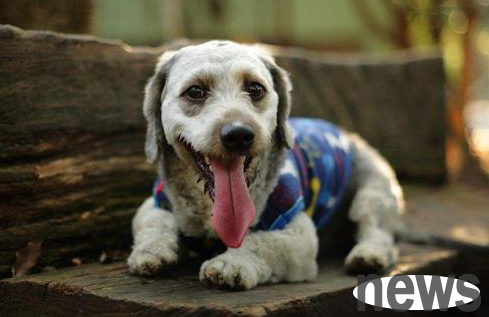Why do dog noses have different colors? What is the reason for the nose fading?
The dog's nose comes in many colors, black, pink, brown or the same color as its own hair. There are many reasons for fading, some are impure populations, some are melanin deposition, some are snow noses, some are heterochromic noses, some are diseases, and some are completely normal aging process.
The melanin deposits on dogs' noses is the enzyme that is sensitive to temperature and has a stronger effect in warm environments. Therefore, the dog's nose is prone to fading in winter and returns to black in summer.

●Vitiligo (Vitiligo)
Dogs suffer from white spots and may cause nose fading. White spots are an immune system disease of the dog. If the dogs suffer from this disease, there will be white spots on their skin. For example, German Shepherds, Rotwell Shepherds and other dog breeds are more likely to suffer from this disease. Diet can relieve some symptoms of this disease.
Snownose(Snownose)
The fading of nose in winter is called snow nose. It is a seasonal reduction in nasal pigment. The weather is low in winter, and the nose plane is the lowest temperature in the whole body, causing the color of the nose plane to fade. It is often found in husky, golden retriever, Labrador, etc. In this case, the nose plane is usually not white, and the lips, feet pads, eyelids, claws and skin will not turn white. However, as long as the dog is in good spirits and has no other phenomena, it does not belong to the category of disease.
●Contact allergies
Some dogs often come into contact with plastic rice bowls, which are sensitive to plastic supplies, which can cause contact skin inflammation, fade noses, and even swollen lips. The solution is just to change the plastic rice bowl to stainless steel.
●Dudleynose(Dudleynose)
The causes of heterochromatic nose may be hereditary, autoimmune or unknown causes. In terms of heredity, the causes of dominant circular chromosome defects include Husky, Samoyed, yellow Labrador, white German Shepherd, Poodle, etc. These dogs are normal at birth and begin to change at 6-12 months of age. The black part of the flat surface of the dog's nose gradually fades into chocolate brown or white color. There is no effective treatment. Some dogs will spontaneously improve or pigment recover, but only a very small number of them.
●Skin pigment reduction
Mucosal and skin pigment reduction This disease is similar to the condition of snow nose and needs to be distinguished. It causes pigmentation in the nose plane, lips, eyelids, tongue and mouth. The hairy dog breeds are Australian Shepherds, Huskys, Golden Retrievers and Labradors. When pigment is reduced, there is still enough pigment to avoid damage to the sun. But if it turns completely white spots, it will easily cause solar dermatitis in the nose. Another type of pigment simply decreases in the lips and nose, which is a genetic disease in Dobermans and Lotweilers, and other breeds will also occur occasionally. This is when birth and the whitening part is fixed, unlike the "different-colored nose" that occurs in mature stages, which is acquired.

External damage
If the dog's nose is scratched or scratched, or has experienced other diseases or psychological trauma, it will also turn pink. Color will be restored when the trauma is healed.
How to alleviate the fading of dog noses?
Dogs should eat dog food as much as possible to supplement vitamin B and vitamin C, trace elements iron, copper, etc. The B vitamins can help melanin deposition, while vitamin C helps vitamin B absorb. They are all water-soluble and the excess will be excreted from the body according to metabolism. Seaweed powder also has a certain effect on alleviating the fading of nose, and can also improve the phenomenon of dogs eating poop. Estrogen also promotes the formation of melanin and appropriately reduces food temperature.
Pet owners often feed salty things, meat, ham sausages, canned food, etc., which will lead to a reduction in the vitamin absorption of dogs for a long time. It is easy to fade your nose, skin, and soles of your feet, and eating more salty foods can easily cause them to have contact allergic skin diseases.
Another thing to note is that if the dog's nose is completely pink, then be sure to protect its nose in the sun and not allow it to be exposed to the sun.















